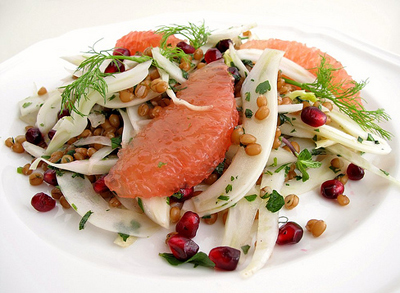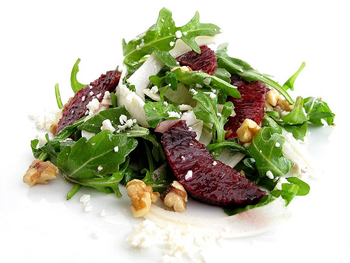 Sounds funny, right? “Winter fruit”. It’s a sorry state of affairs, especially in California where we can get so many splendid things almost all year round AND believe it or not, we DO have winter.
Sounds funny, right? “Winter fruit”. It’s a sorry state of affairs, especially in California where we can get so many splendid things almost all year round AND believe it or not, we DO have winter.
The Farmers Market web sites list what’s in season and during winter the list looks like it’s trying too hard. With un-enticing things like Gogi and Ground Cherry (what the…?) it looks like a parent making excuses for their untalented child. When I clicked on the Fruit icon at LocalHarvest.com it showed an array of exciting things like apricots and melons, only to find out that they were hocking the seeds to grow them with for ‘sweet goodness grown at home.’ Jesus!
The one fruit that gets to shine during winter is the apple. I love apples. I’m so glad the growers of Delicious got it together and stopped growing that mush bomb. Red Delicious has returned to the apple of my childhood. Hard as a rock, crisp, juicy and sweet.

 If it wasn't for citrus fruit, winter's selection of produce would be pretty sad and boring. Once you've had your share of squashes and root vegetables, it's time for something different. Citrus offers a welcome respite. When markets begin to overflow with oranges, lemons, limes, and grapefruit, things finally get exciting. You may even see unusual citruses, such as blood oranges, tangelos, and pomelos. I love them all, but I particularly adore the sweet-tart flavor of grapefruits. This time of year, they replace my apple-a-day routine. But grapefruits aren't just for a dessert or snack, they shine in savory dishes, like this salad.
If it wasn't for citrus fruit, winter's selection of produce would be pretty sad and boring. Once you've had your share of squashes and root vegetables, it's time for something different. Citrus offers a welcome respite. When markets begin to overflow with oranges, lemons, limes, and grapefruit, things finally get exciting. You may even see unusual citruses, such as blood oranges, tangelos, and pomelos. I love them all, but I particularly adore the sweet-tart flavor of grapefruits. This time of year, they replace my apple-a-day routine. But grapefruits aren't just for a dessert or snack, they shine in savory dishes, like this salad. Sweet potatoes were not my responsibility this year, instead, I volunteered to make my stuffing, a shaved brussel sprout salad, cranberries, this tart, and mini-cranberry hand pies.
Sweet potatoes were not my responsibility this year, instead, I volunteered to make my stuffing, a shaved brussel sprout salad, cranberries, this tart, and mini-cranberry hand pies. Blood oranges are all over the markets right now. It's actually very surprising, because a few years ago I could not find a blood orange anywhere but in the city. In my local supermarket they've even started selling them in bulk bags. Last week I saw packages upon packages of blood oranges in the reduced-price produce bin and of course I bought them, because there was nothing wrong with them. That tells me that people don't buy them because they don't know what to do with them. I've made this
Blood oranges are all over the markets right now. It's actually very surprising, because a few years ago I could not find a blood orange anywhere but in the city. In my local supermarket they've even started selling them in bulk bags. Last week I saw packages upon packages of blood oranges in the reduced-price produce bin and of course I bought them, because there was nothing wrong with them. That tells me that people don't buy them because they don't know what to do with them. I've made this  When the
When the 
